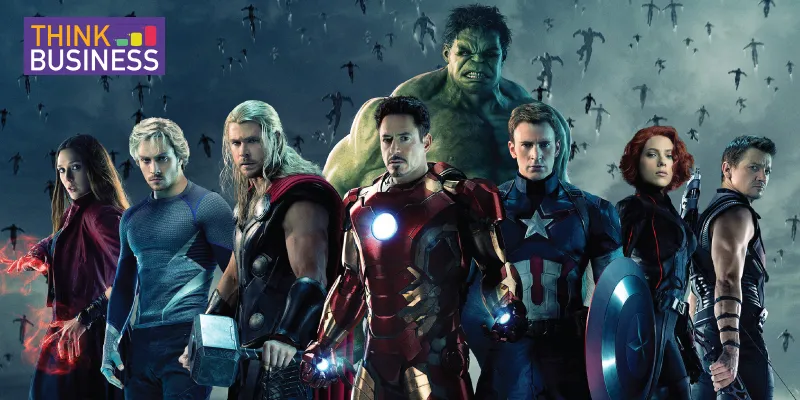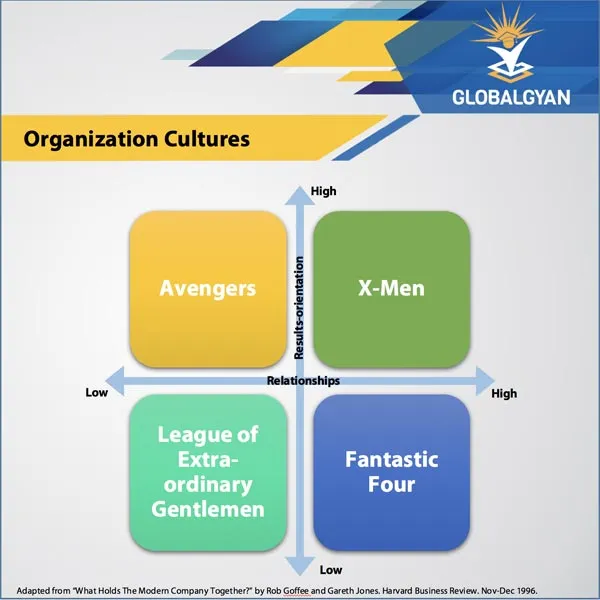Avengers or X-Men - what's your organisation culture?
Recently, the CEO of a startup asked me if it was possible to build a culture of ownership and accountability at her organisation. It seems to be a common thought amongst founders of growing organisations. In the initial years, the close-knit founding team is fully aligned towards a shared vision and everyone is comfortable working without defined roles and responsibilities. Everyone is, literally, an owner of the business.

As the business grows, new colleagues join the organisation. It is the norm to bring in hotshot executives from large corporates as additions to the senior management ranks. Simultaneously, the junior ranks swell as the business begins to scale. The corporate folks might try to build some semblance of structure and systems to manage rapid growth; however, the role clarity and hierarchy that is so sought after in large corporates creates stress amongst the “owners”, who thrive in a communal way of getting things done.
In order to understand the issue, and find ways to address it, we can look at a wonderful framework of organisation culture developed by Rob Goffee and Gareth Jones in 1996. I have made some simplifications to the framework nomenclature, without losing the essence of their research. We look at two dimensions that inherently shape an organisation:
a) Relationships - how friendly towards each other the organisation’s members are. This is a factor of how well they know each other and the common interests they might share. It also reflects the level of informal interactions (as against formal meetings) between the members.

b) Results-orientation - how well the members are aligned towards achieving a set of goals. This is a factor of how the members are able to pursue rapid execution, use resources efficiently and stay focused on the outcomes, irrespective of their personal relationships (or lack of).
These two dimensions can be put into a 2x2 matrix (obviously!) to identify four possible organisation cultures.
X-Men (high on relationships, high on results-orientation)
Most businesses during their early/startup days behave like a 'movement', where everyone is a good friend and everyone is aligned to an ambitious (let’s change the world) vision. One might almost compare this organisation culture to that of a cult or a religious faith. Such companies are most likely arrayed around a visionary leader, who is able to balance the natural conflict that arises between relationships and result-orientation.
Avengers (low on relationships, high on results-orientation)
As new members join an organisation, we might see some breakdown in social relationships. The informality that defined the early years may give way to formal processes. What keeps them all together, however, is a purpose that must be achieved, ruthlessly if necessary. Such organisations place much emphasis on role definitions, results measurements and reward mechanisms, and can be very effective in highly competitive markets.
Fantastic Four (high on relationships, low on results-orientation)
It is also possible that an organisation remains highly collegial, almost like an extended family. Personal relationships matter more than anything else, even at the cost of dysfunctional outcomes. We might even see the formation of several cliques under different leaders, each behaving like a family and at cross-purposes with the other. These organisations can create strong functional capabilities and might be effective in markets which are less complex and less competitive.
League of Extraordinary Gentlemen (low on relationships, low on results-orientation)
Some organisations have no real culture to speak of; their members have no connect with each other and have very few collective goals. Such an organisation might be just a collection of individually capable people, with no apparent common thread. In the corporate world, these organisations would probably disintegrate, but we might find successful research or academic institutes or professional services networks that exhibit such a culture. With the rise of freelancers and CXO-as-a-service models, we might see more organisations moving in this direction.
It must be understood that no culture is 'better' or 'worse' than another. A lot depends on the organisation context (market stage, competition levels, partnership models) and leadership vision (people driven or systems driven). What is important is that we design a desired culture and recognise the existing culture. By taking systematic steps on the dimensions of relationships and results-orientation, we can - over time - build an organisation that we can be proud of. For the CEO of a growing startup, or any company for that matter, this has to be very high on the agenda.
(Think Business is a weekly column powered by GlobalGyan Academy, that will offer in depth views and analysis on business strategy, finance, leadership, innovation, culture and values.)
(Disclaimer: The views and opinions expressed in this article are those of the author and do not necessarily reflect the views of YourStory.)







